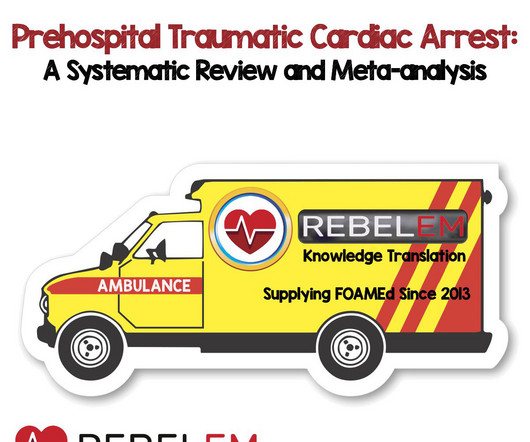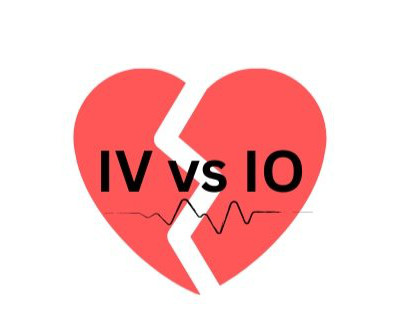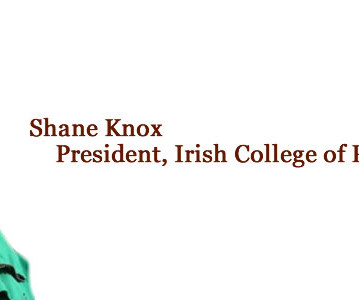SGEM#238: The Epi Don’t Work for OHCA
The Skeptics' Guide to EM
DECEMBER 7, 2018
There have been a number of papers published since OPALS that support the findings of not using ACLS drugs like epinephrine for OHCA ( Olavseengen et al. JAMA 2012 and Cournoyer et al. JAMA 2009, Hagihara et al. We reviewed the Cournoyer et al cohort study as part of the #SGEMHOP series with Academic Emergency Medicine ( AEM ).














Let's personalize your content